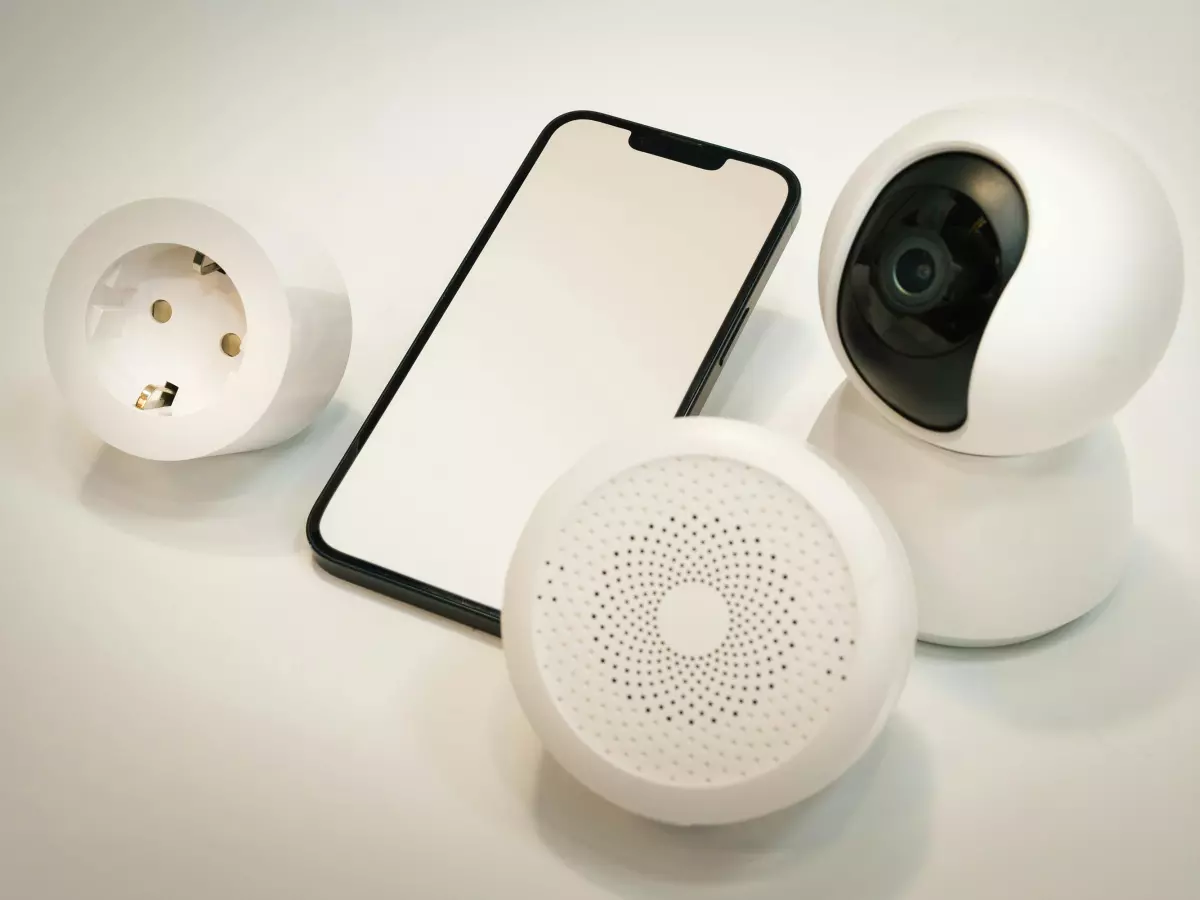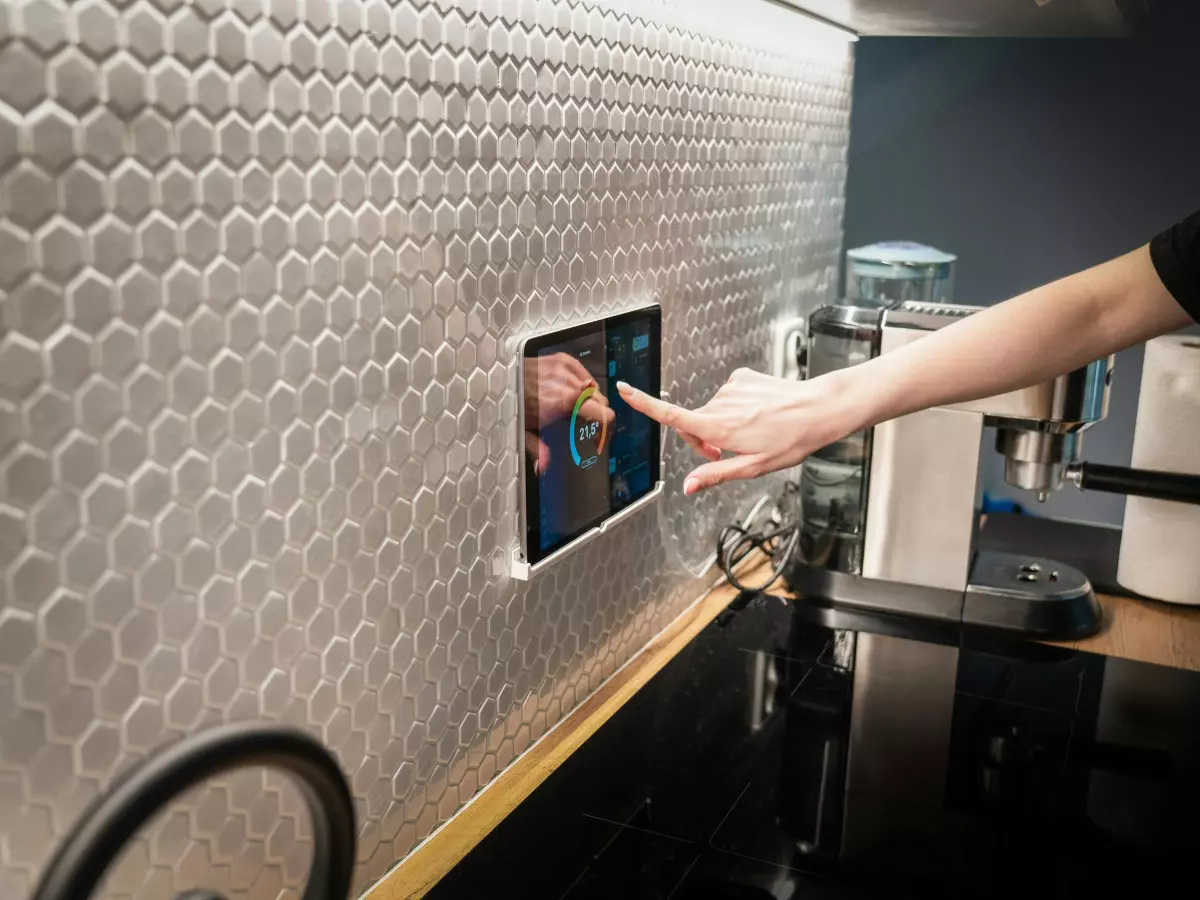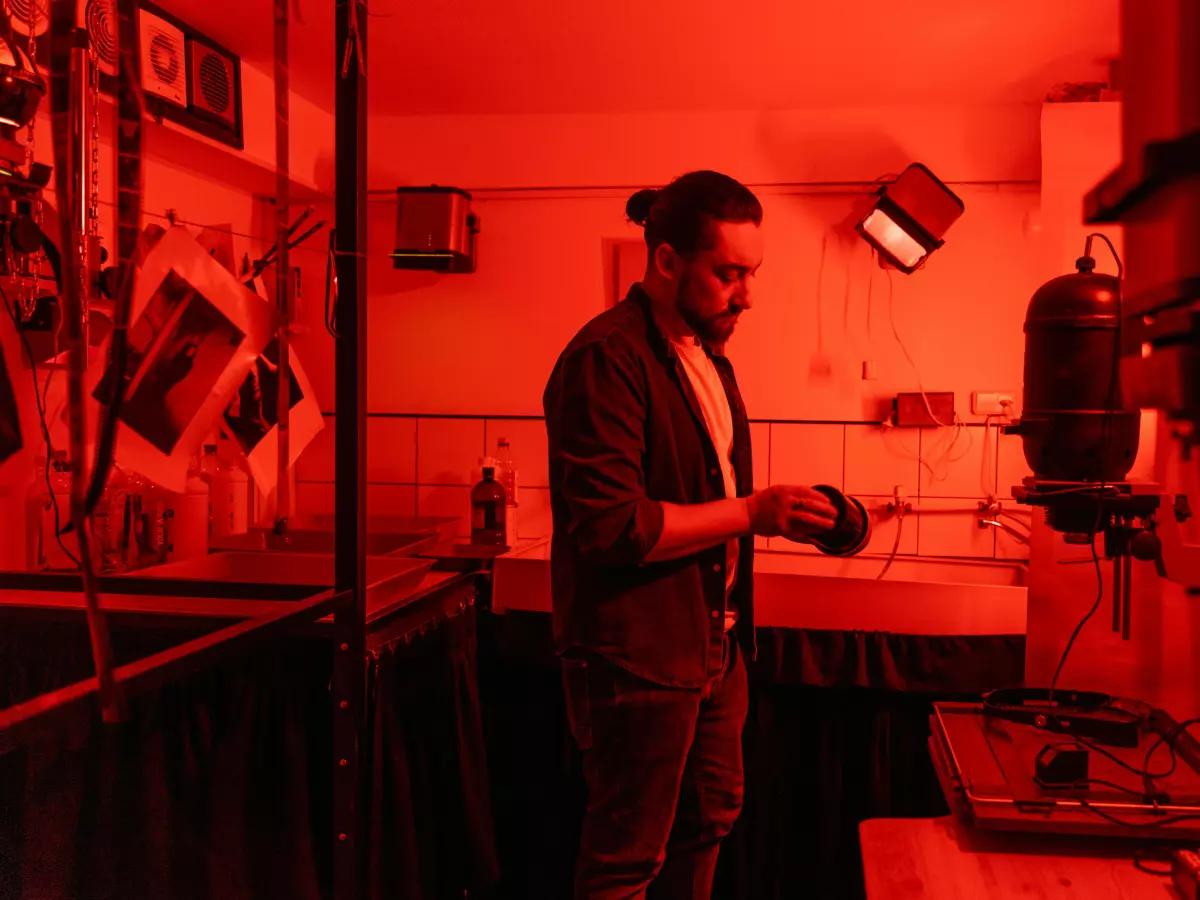Connectivity Tug-of-War
If you think all smart home devices are designed to work seamlessly together, think again. The reality is far more chaotic.

By Kevin Lee
Here’s the thing: when you buy a smart home device, you probably assume it’ll just work with everything else in your home. But the truth is, smart home devices are stuck in a never-ending tug-of-war between competing connectivity standards. It’s like trying to get a room full of people who speak different languages to have a conversation without a translator. Spoiler alert: it’s messy.
So, what’s the deal? Why can’t your smart lightbulb, thermostat, and security camera all just get along? The answer lies in the protocols and standards that these devices use to communicate. And no, they’re not all speaking the same language. We’ve got Wi-Fi, Zigbee, Z-Wave, Thread, and now Matter trying to be the universal translator. But here’s the kicker: they’re all fighting for dominance, and that’s where the chaos begins.
Why So Many Standards?
Let’s break it down. You’ve got Wi-Fi, which is great for high-bandwidth devices like cameras and smart speakers. Then there’s Zigbee and Z-Wave, which are low-power, low-bandwidth options perfect for sensors and lightbulbs. Thread is the new kid on the block, promising low-power, low-latency communication. And Matter? Well, Matter is supposed to be the protocol that unites them all, but we’re not quite there yet.
Each of these standards has its strengths and weaknesses. Wi-Fi is fast but power-hungry. Zigbee and Z-Wave are efficient but have limited range. Thread is promising but not widely adopted yet. And Matter? It’s still rolling out, so we don’t know if it’ll live up to the hype. The result? A fragmented smart home ecosystem where devices often don’t play nice with each other.
Interoperability: The Holy Grail
Interoperability is the dream, right? The idea that you can buy any smart home device, regardless of the brand or protocol, and it’ll just work with everything else. But we’re not there yet. Sure, some companies are trying to make it easier—Apple’s HomeKit, Google Home, and Amazon Alexa all aim to be the central hub for your smart home. But even these platforms have their limitations.
For example, you might have a smart lock that works with Alexa but not with Google Home. Or maybe your smart thermostat plays nice with HomeKit but refuses to cooperate with Alexa. It’s like trying to organize a group project where no one can agree on the same software to use. Frustrating, right?
What’s the Solution?
So, what’s the solution to this connectivity tug-of-war? Well, the introduction of the Matter protocol is a step in the right direction. Matter aims to be the universal language that all smart home devices can speak, regardless of the brand or protocol they originally used. It’s backed by big names like Apple, Google, Amazon, and the Zigbee Alliance, so there’s hope that it’ll gain widespread adoption.
But here’s the catch: Matter is still in its early stages. While some devices are starting to support it, we’re a long way from having a fully interoperable smart home ecosystem. In the meantime, you’ll need to do your homework before buying new devices. Check compatibility with your existing setup, and be prepared for some trial and error.
History Repeats Itself
It’s funny how history repeats itself, isn’t it? Remember the early days of the internet when different web browsers couldn’t agree on how to display websites? It took years for standards like HTML and CSS to become universal. The smart home industry is in a similar phase right now. We’re still figuring out the best way for devices to communicate, and it’s going to take time for a clear winner to emerge.
Until then, we’re stuck in this connectivity tug-of-war. But hey, at least it’s not as bad as trying to get your VCR to stop blinking 12:00, right?





